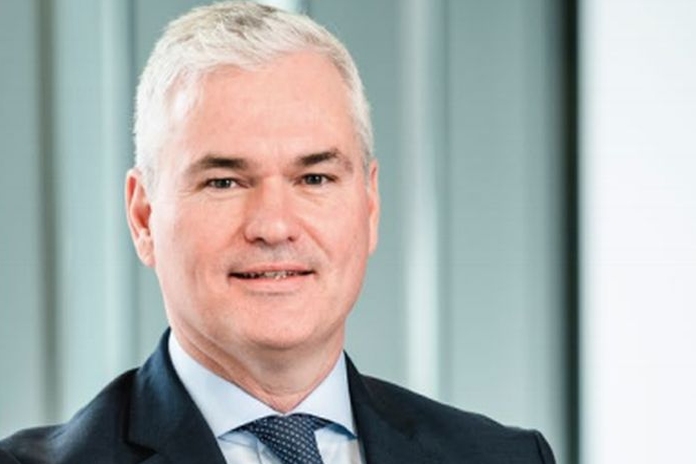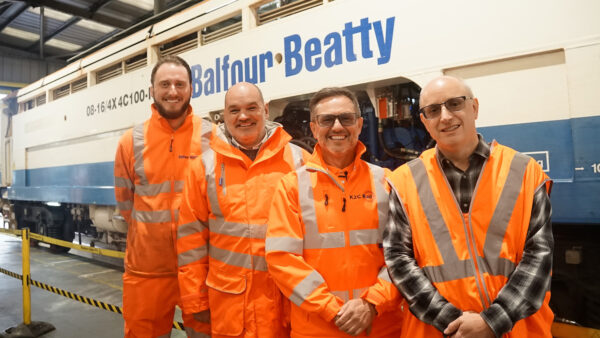
Turner & Townsend increased its profit to £87.6m for the year to 30 April 2020, despite having to deal with the onset of the covid-19 pandemic in its final quarter.
The firm’s latest financial results showed that earnings before tax, interest, depreciation and amortisation (EBITDA) rose to £87.6m, up from £67.9m the year before. EBITDA margin was 12.9%, compared to 11.7% in 2019.
Turnover increased to £744.3m, up from £639.9m in the previous year. Turner & Townsend reported strong revenue across all of the segments it operates in – real estate, infrastructure and natural resources. In the UK, net revenue rose by 9% in 2019-20, to £283m.
In its real estate division, where net revenue rose 19% to £404m, the company has launched a new technology platform called Pace>, which allows its clients to harness digital data to monitor their real estate portfolios in real time.
In infrastructure, net revenue was up 15% to £206m, and revenue in the natural resources division was £71m – an increase of 16% on the previous year. Turner & Townsend has worked across a number of liquefied natural gas (LNG) projects, including Freeport in Texas, USA, the second-largest LNG facility in North America. The company has also already met targets set in 2015 to cut carbon emissions per employee by 25%.
Chairman and CEO Vincent Clancy said: “While we, like the rest of the industry, continue to feel the impact of covid-19, our financial performance and business model stand us in good stead to withstand the economic aftershocks.
“Resilience has been the hallmark of our business over the last 74 years and this, combined with the solid platform we have created, makes me confident that we will emerge even stronger.
“As we transition from a health crisis to meet a growing economic challenge, the world needs to embrace a zero-carbon future, to transform cities and to create better living standards.
“Our industry is fundamental to solving the social and economic inequalities highlighted by the covid-19 crisis, but in the past has too often been part of the problem. We now have an exciting opportunity to drive change and to build a better built environment.”










